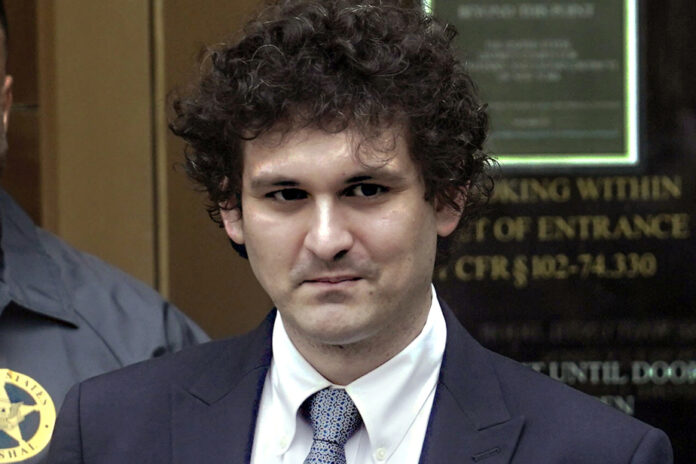(New York) Customers of cryptocurrency exchange FTX, which went bankrupt in November 2022, are expected to recover most of their missing funds, according to a plan proposed by the liquidator.
The announcement comes as the trial of co-founder and former majority shareholder of FTX, Sam Bankman-Fried, takes place in New York, accused of having drawn on the platform’s client accounts to finance the activities of his investment company, Alameda Research.
The liquidators’ team led by administrator John Ray plans to pay clients approximately 90% of the “distributable” value, i.e. assets recovered by the liquidators, according to a statement released Monday evening.
A progress report, published at the end of August, estimated the amount recovered since the bankruptcy filing at $7.8 billion. A sum to be compared to the 9 billion claimed by the platform’s creditors, primarily the customers.
“Customers should recover a substantial part of their losses,” Andrew Entwistle, client lawyer, commented to AFP.
The plan must be submitted by December 16 and will have to be validated by Wilmington, Delaware Federal Judge John Dorsey.
The liquidators warn that the final amount of assets recovered has not yet been decided and depends on “many variables”, including the fluctuation in value of several cryptocurrencies which constitute part of the assets.
They also state that they “anticipate that customers” of the general platform FTX.com and the American entity FTX US “will not be refunded in full”.
“Creditors and debtors (of FTX) were able to unlock enormous value in a situation that could easily have resulted in a near-total loss for customers,” commented John Ray, quoted in the press release. The liquidator called the departure case “the most difficult financial disaster (he had ever seen)”.
According to the Manhattan federal prosecutor’s office, at the time of the bankruptcy of FTX, the second largest cryptocurrency exchange in the world at the time, a little more than eight billion dollars belonging to customers were missing.
The prosecution claims, based on thousands of documents and the testimony of several former executives, that these funds were used for risky Alameda investments, as well as real estate purchases and donations to political candidates.















